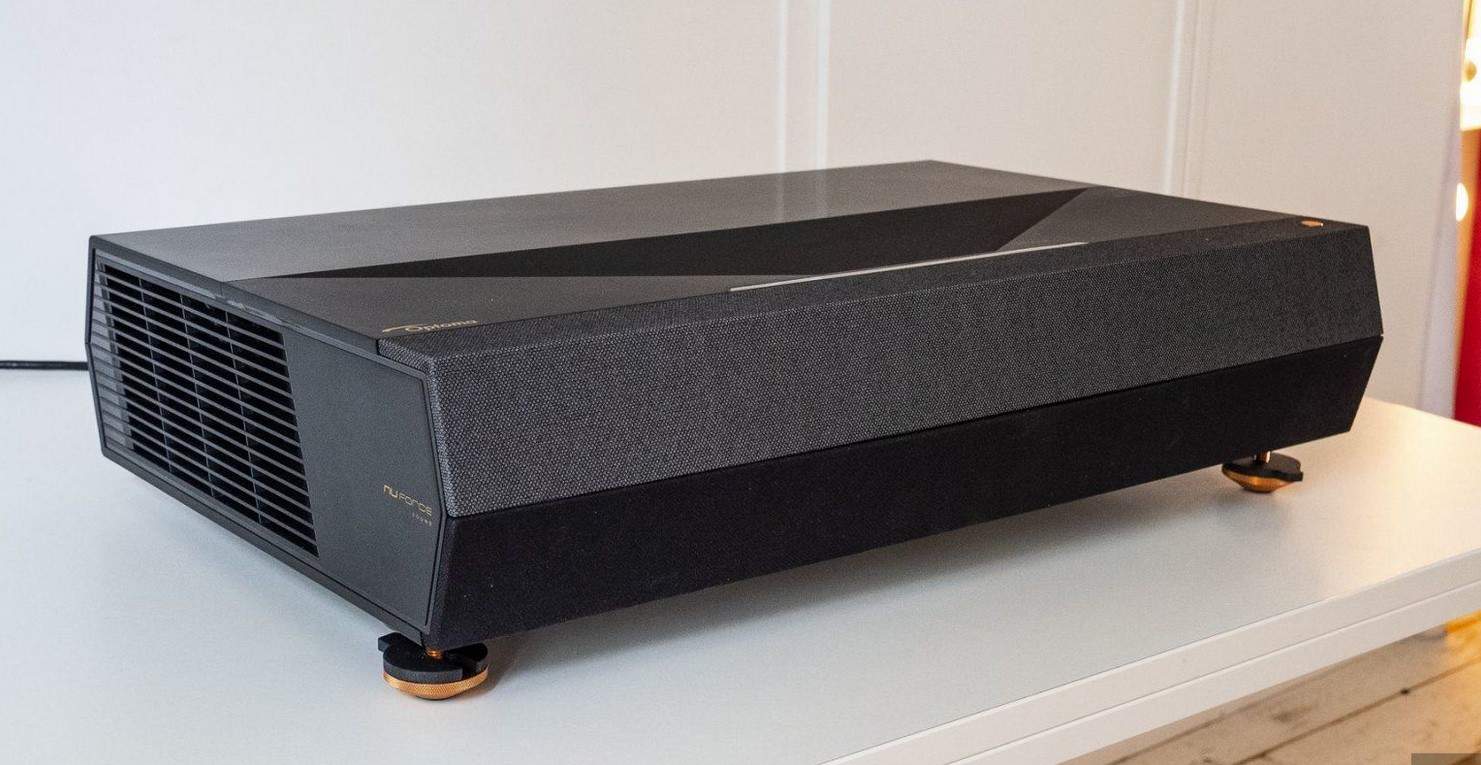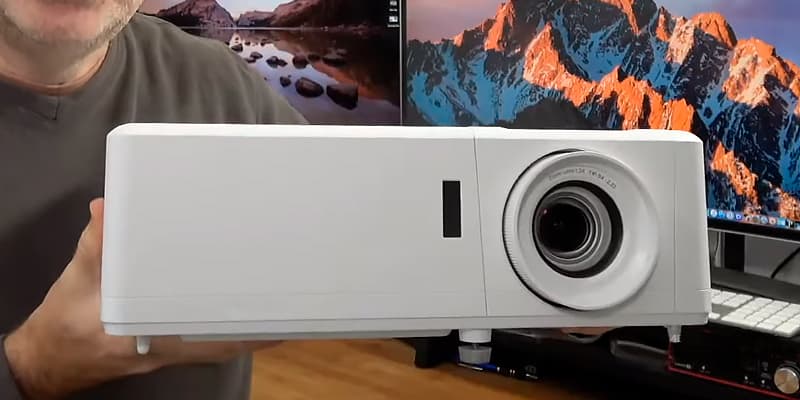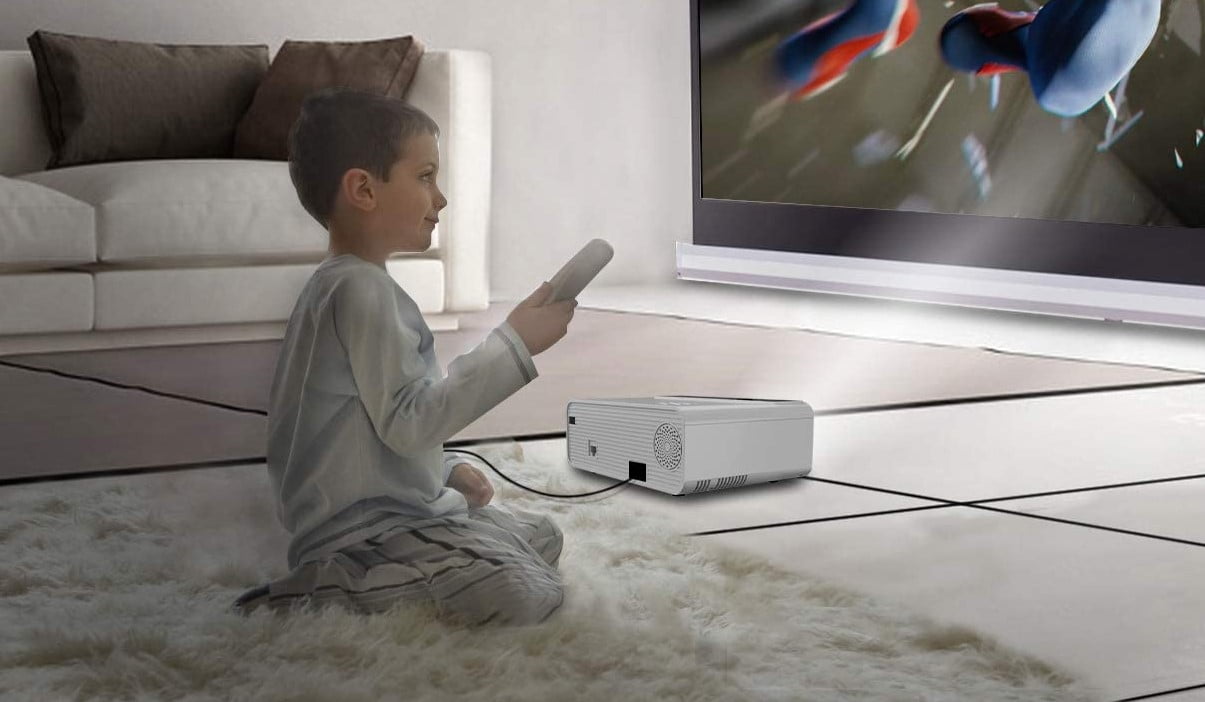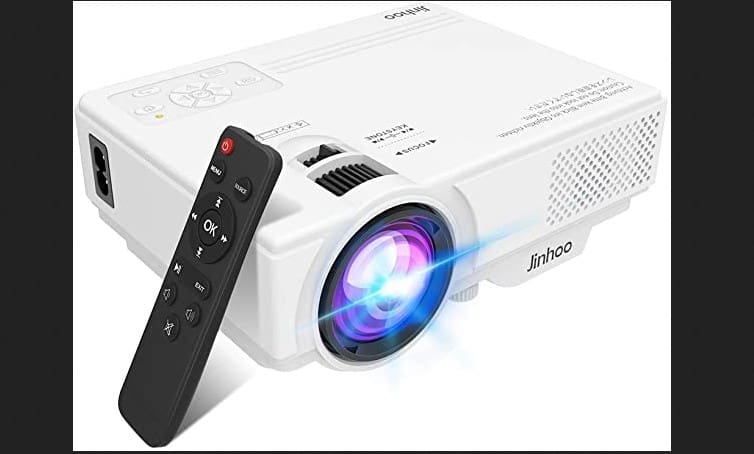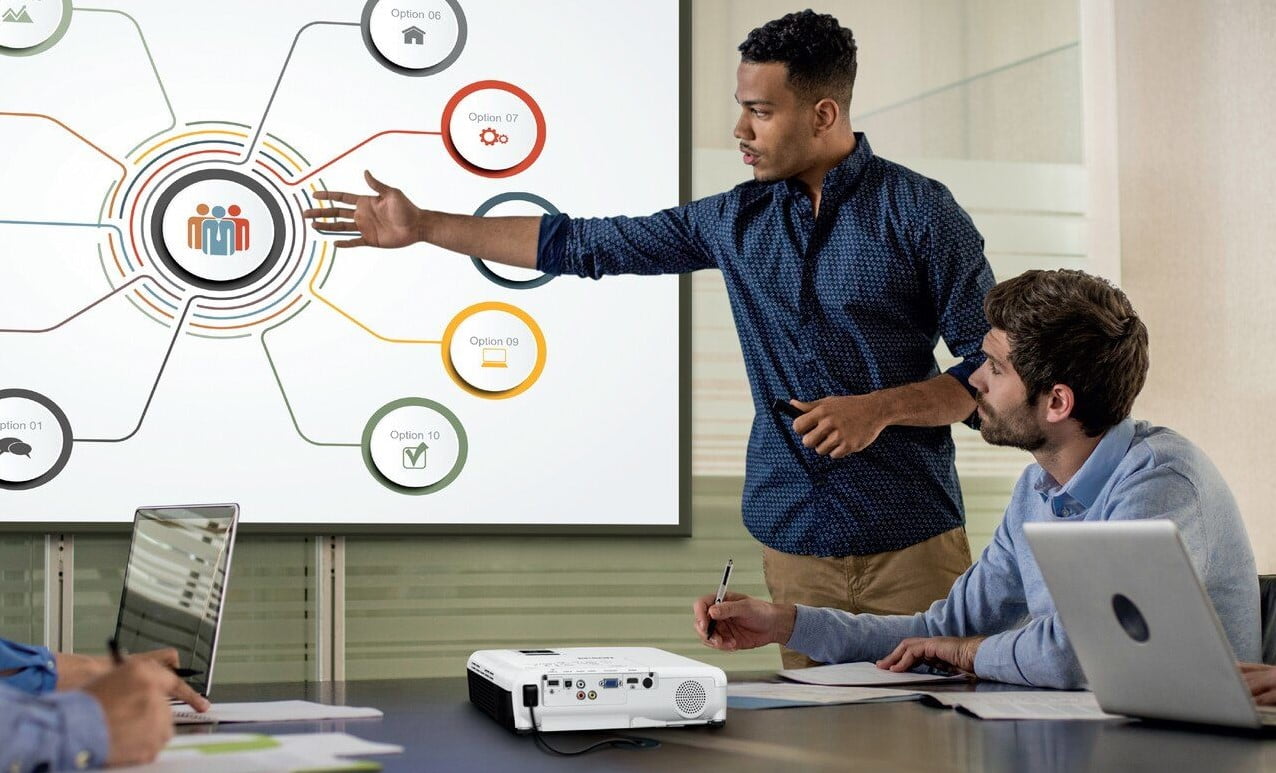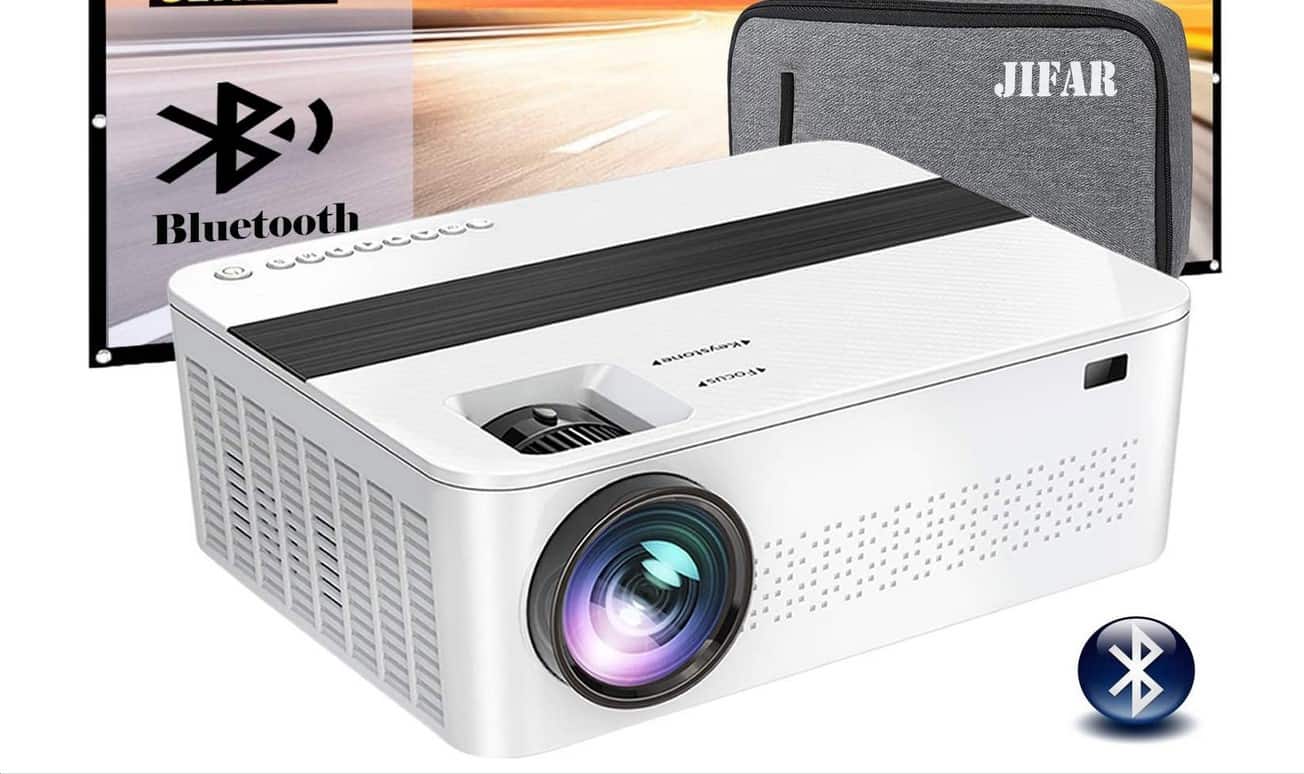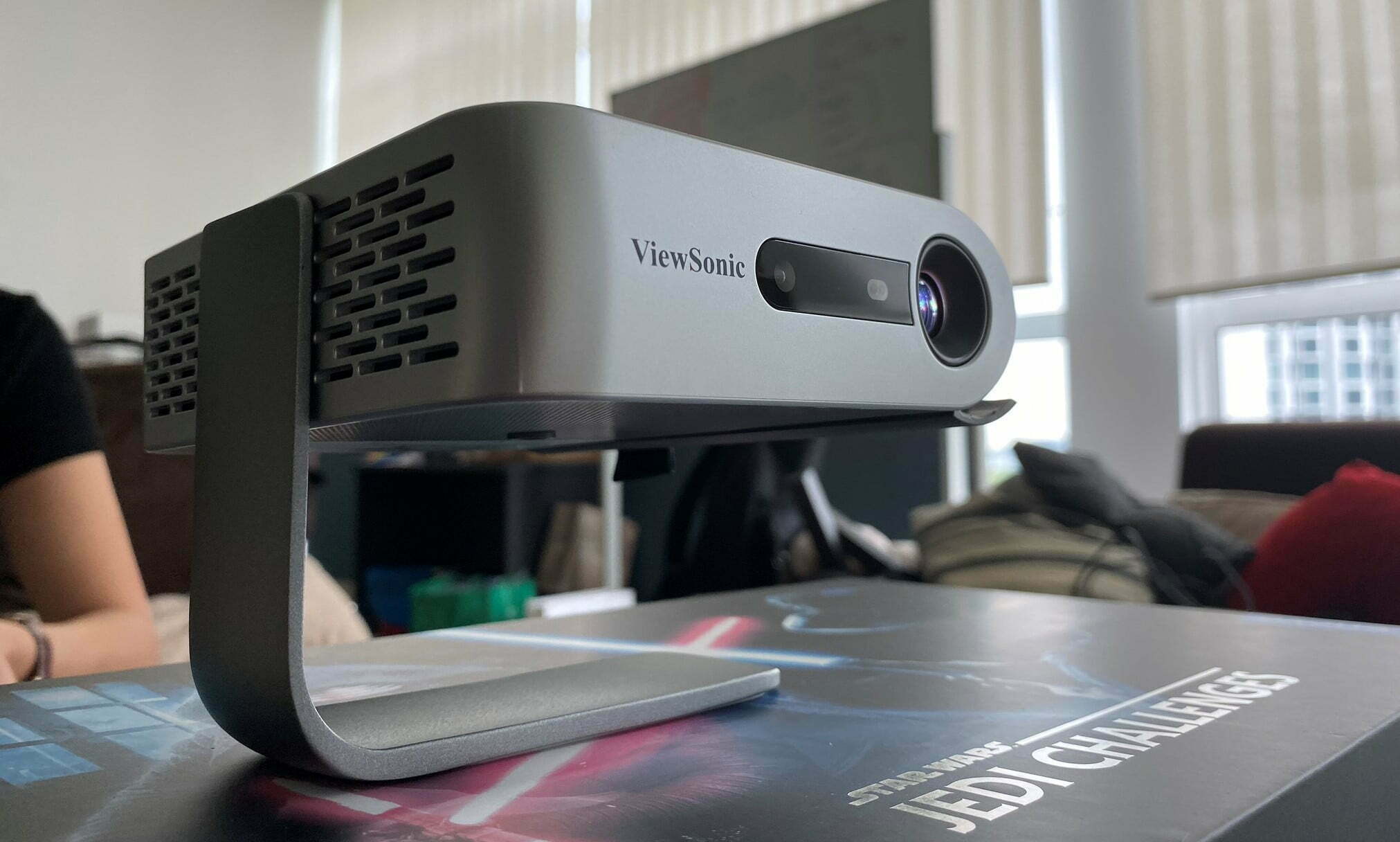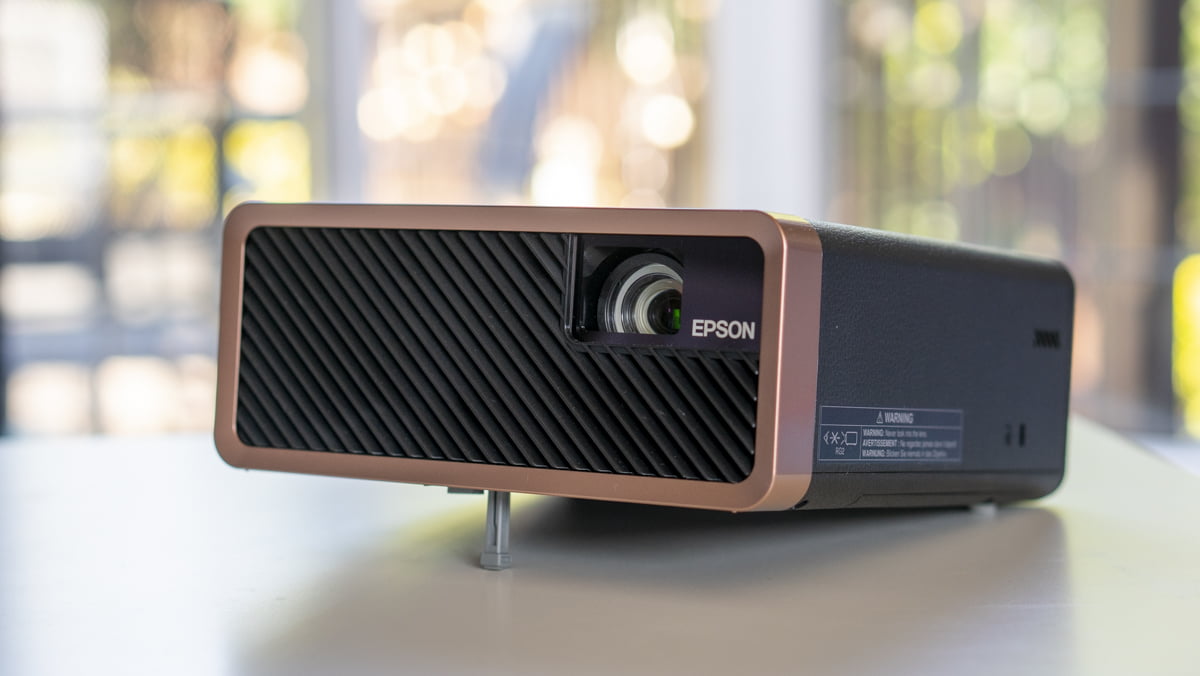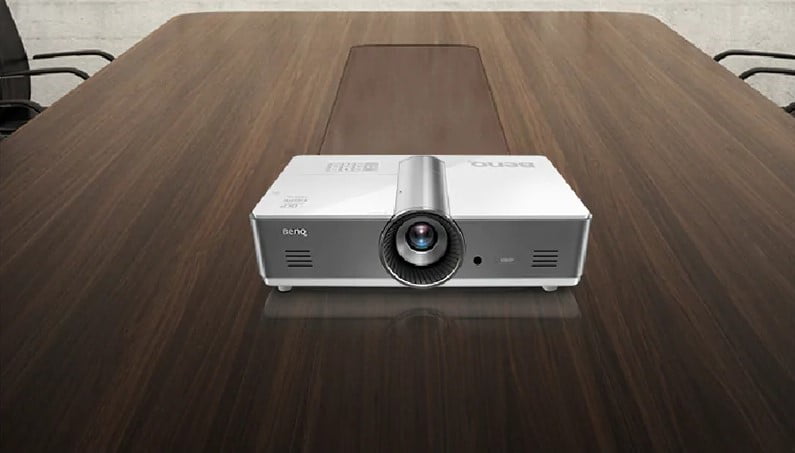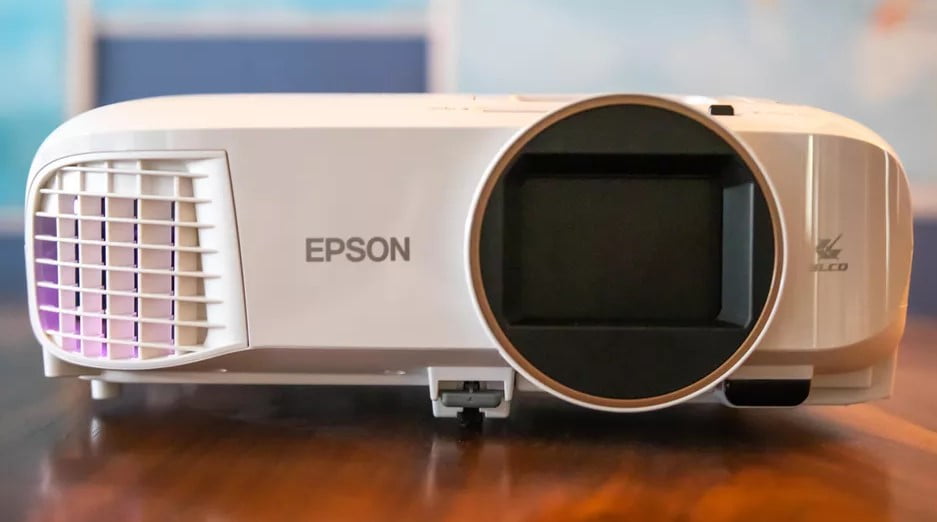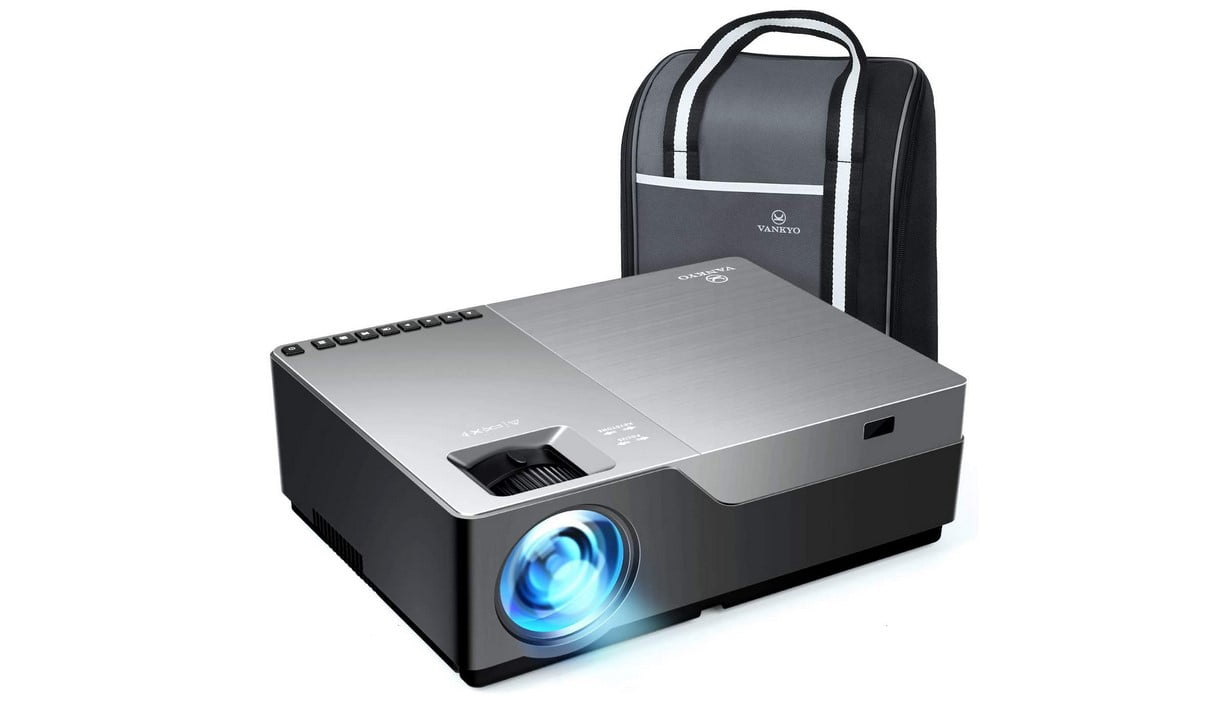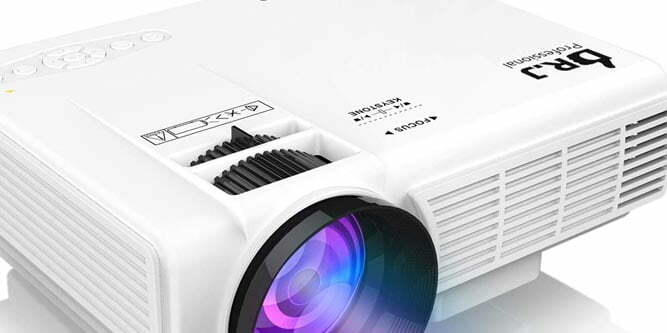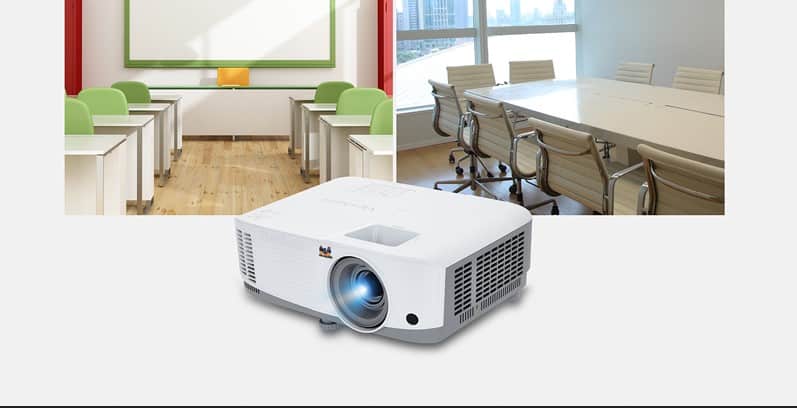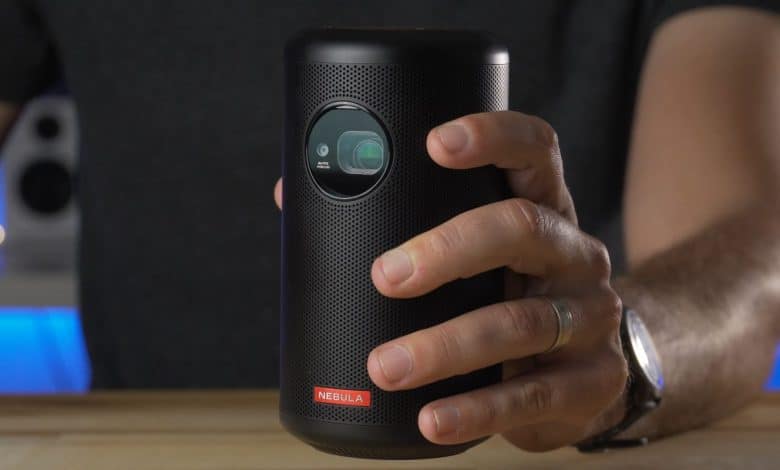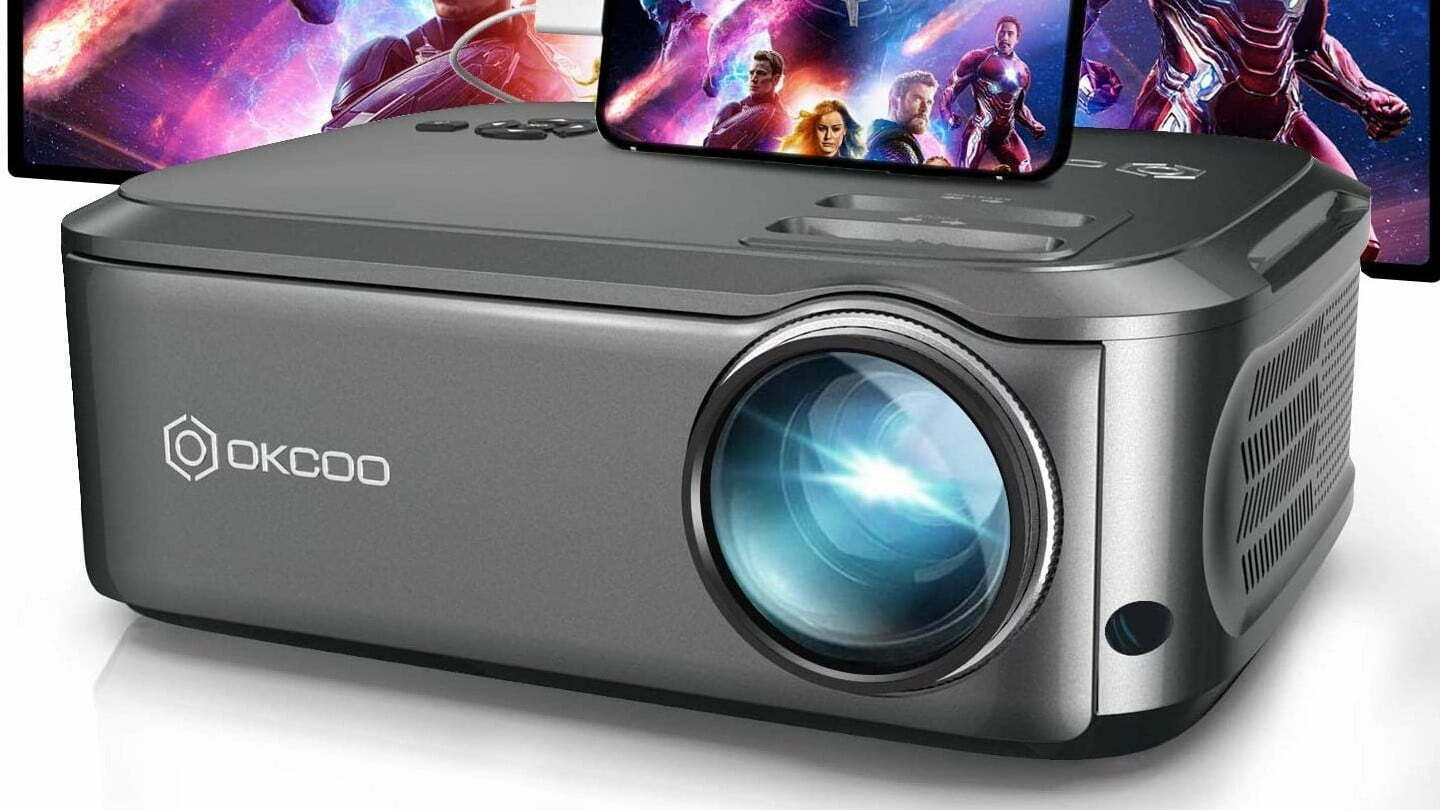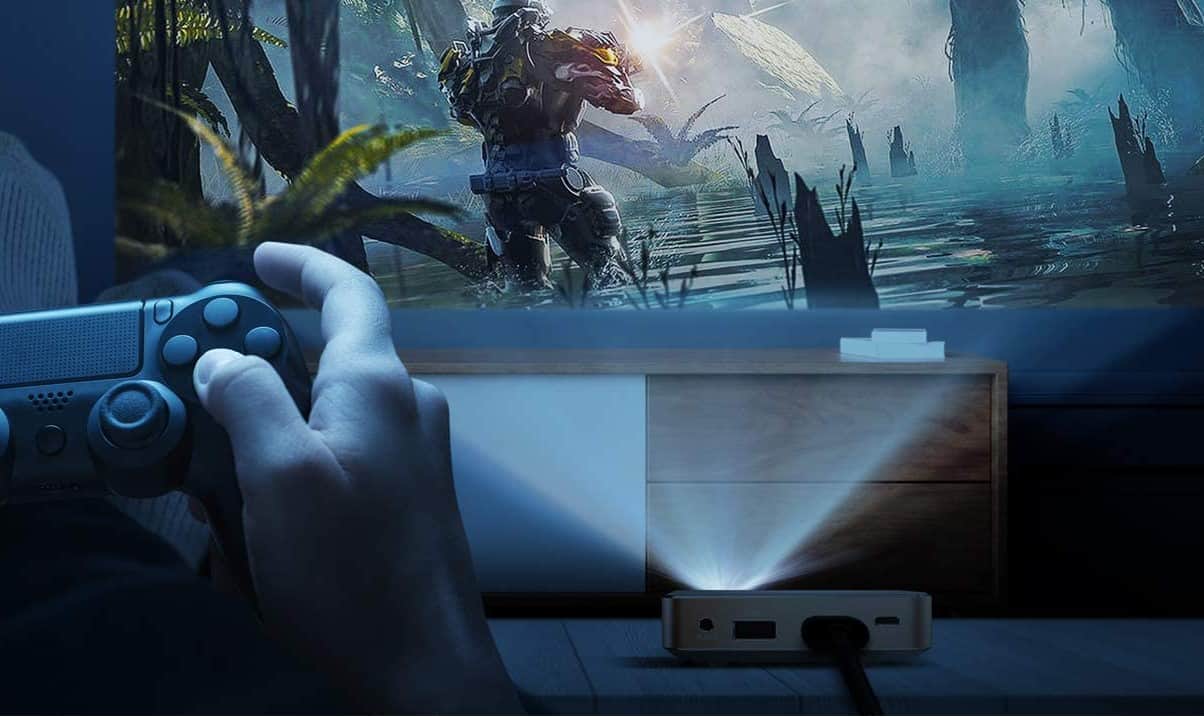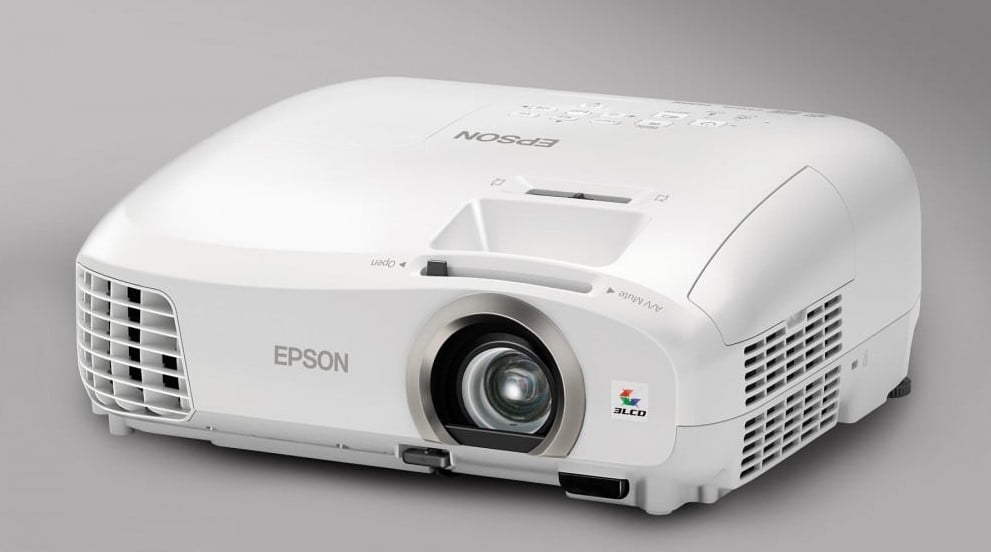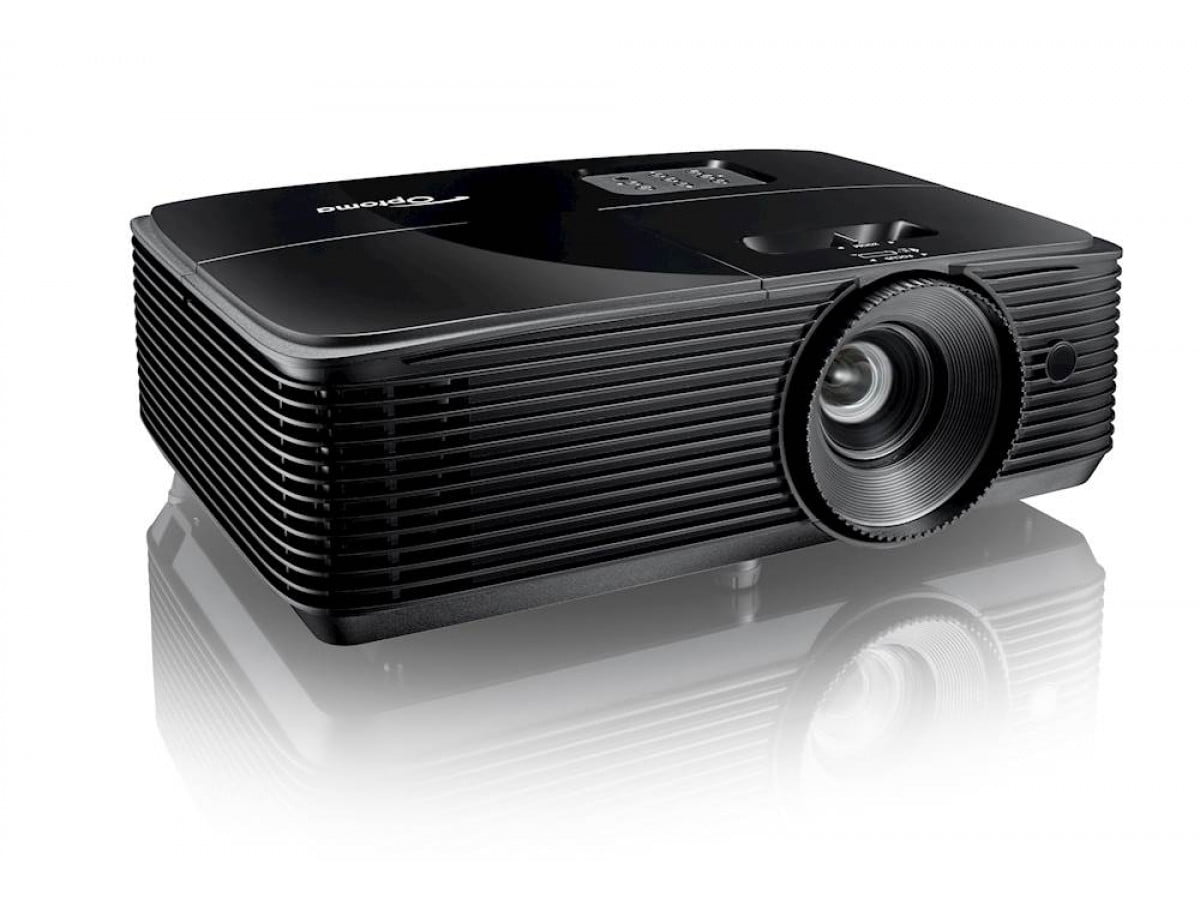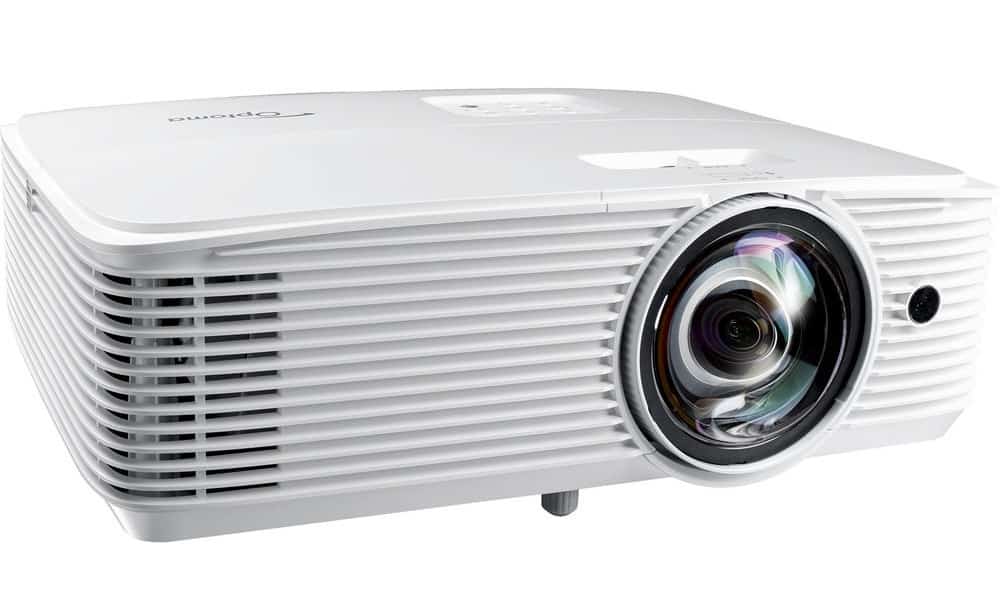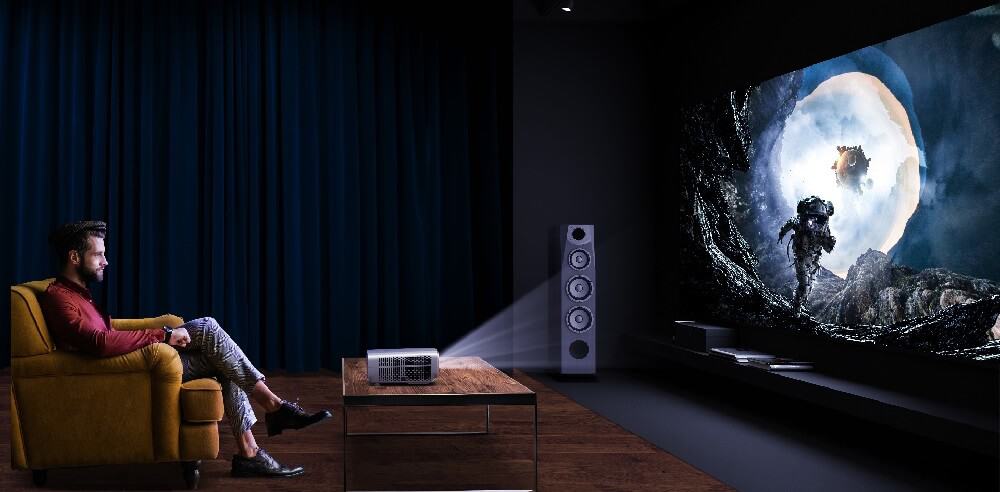If you’re wondering what distance should a projector be from the screen, it is a good indicator that you’re trying to optimize your screen setup position. In general, it’s easier to move a projector screen than it is a projector, so understanding a common throw distance setup will be crucial to your success. The best projectors have tons of features to move the image around without moving the projector body.
KEY TAKEAWAYS:
- Figuring out the proper distance between a projector and the screen requires understanding a few key metrics, like throw distance and throw ratio.
- There are multiple ways you can optimize your immersive experience by ensuring that your screen can provide an optimal viewing experience.
- Features like keystone correction will help you make sure your projector lines up, even when using something as big as a 100-inch screen.
Exploring Maximum Distance From Screen
There are multiple reasons why screen distance is essential. For starters, having the correct distance will help balance out ambient light, especially on a larger screen. That said, there’s still more to get the most out of your huge screen, however. For example, you might be wondering what color should a projector screen be, which is another crucial criterion. In general, though, try to avoid projector models with screen distortion, and look into those featuring screen gain.
Insider Tip
One of the most important parts of purchasing a new projector is making sure you invest in the correct screen size.
The Criteria for Setup Distances
You can always use features like keystone correction to fix any centering issues without moving the projector itself. Keystone correction ensures you can maintain the minimum distance required and still get a perfectly centered, high-quality image. Of course, if a lens is dirty, it will always provide low image quality. Learning how to clean a projector screen will also help you ensure a brighter image regardless of your screen size.
Understanding Projector Throw Distance
Throw distance is more important than almost any other metric. Essentially, it measures a projector’s maximum distance from the screen to create an optimal image size. You can typically find the throw spec in the convenient guide provided by your projector’s manufacturer.
Finding the Projector’s Throw Ratio
Throw ratio is another crucial concept. This number tells you just how large an image you can achieve on the screen when the projector is placed at a specific distance. You’ll use the throw distance to find the throw ratio with a formula: D/W = R, where:
- D is distance from screen
- W is foot of screen width
- R is the throw ratio
Another great way to learn throw ratio is to understand how long-throw and short-throw projectors work, as well as the differences between short-throw vs long-throw projectors.
Finding the Ideal Seating Position
While this may be a secondary concern, it still helps determine projector placement. You’ll need to consider the area you’re working with. If you have limited space, then creating a comfortable seating arrangement will be more of a challenge. Generally speaking, though, the closest seats should be positioned at a distance that is no less than double the width of the projected image. The farthest seats should be placed at a distance equal to no more than five times the width of the image.
Fixing Off-Center Projection Issues
There are a few ways that you can fix your projector screen if it’s off-center. For the most part, you want to avoid moving the projector body. Those with a modern projector model will use their lens shift feature to shift the entire image until there’s perfect alignment to your screen height and width.
Here are the different methods of adjustment that don’t require moving the projector body:
- Horizontal Lens Shift
- Vertical Lens Shift
- Keystone Correction
Warning
While a wide-angle lens can give you an immersive experience, it may also cause strain on guests if the rows of seating aren’t properly arranged.
F.A.Q.S
What format do I need for my projector screen?
In this case, the format just refers to the aspect ratio, such as 16:9 or 4:3. . Understanding the most common aspect ratio options out there will help you understand your options, but most people choose 16:9 for its visual impact.
Do ultra-short-throw projectors need a special display screen?
Ultra-short throw models don’t necessarily require a special screen. However, you will notice degraded image quality when using anything other than a theater screen or something similar.
How can I set up cinematic experiences at home?
Using a projection device, like a cinema projector, will help immensely. Whether you’re looking for an in-house theater experience or a backyard cinema, start by investing in a big theater screen.
Does my projector lens design matter for an ideal screen placement?
Your lens matters more regarding ideal screen placement than you might think. Whether you have a short-throw lens, wide-angle lens, or anything in between, the design specs will always matter when it comes to the quality of the viewing experience.
STAT: There were over 5,000 cinema sites in the US in 2020. (source)

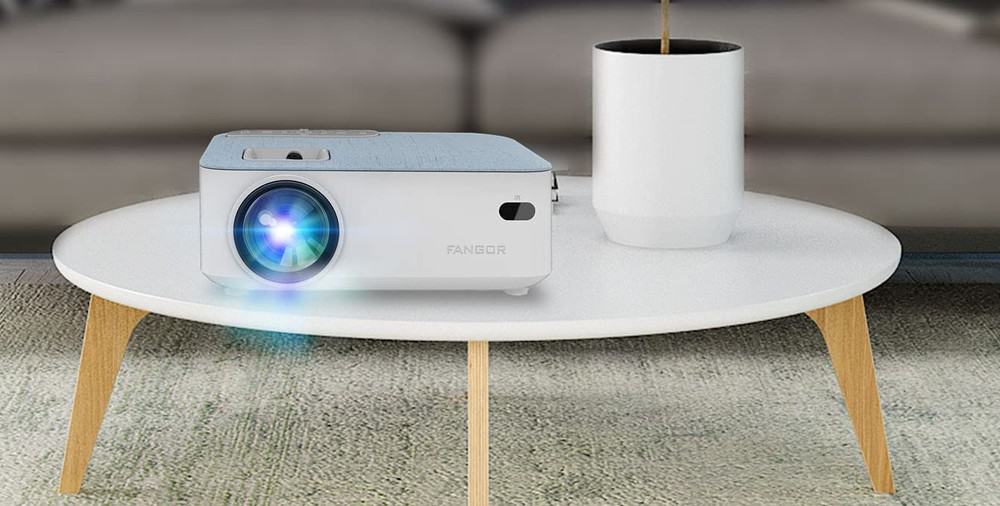














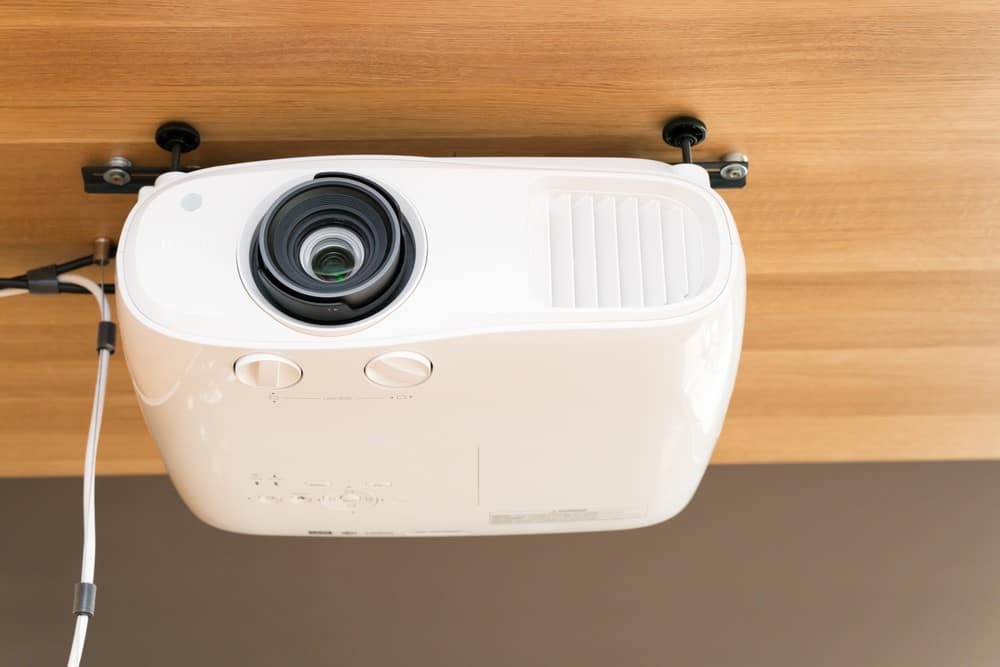
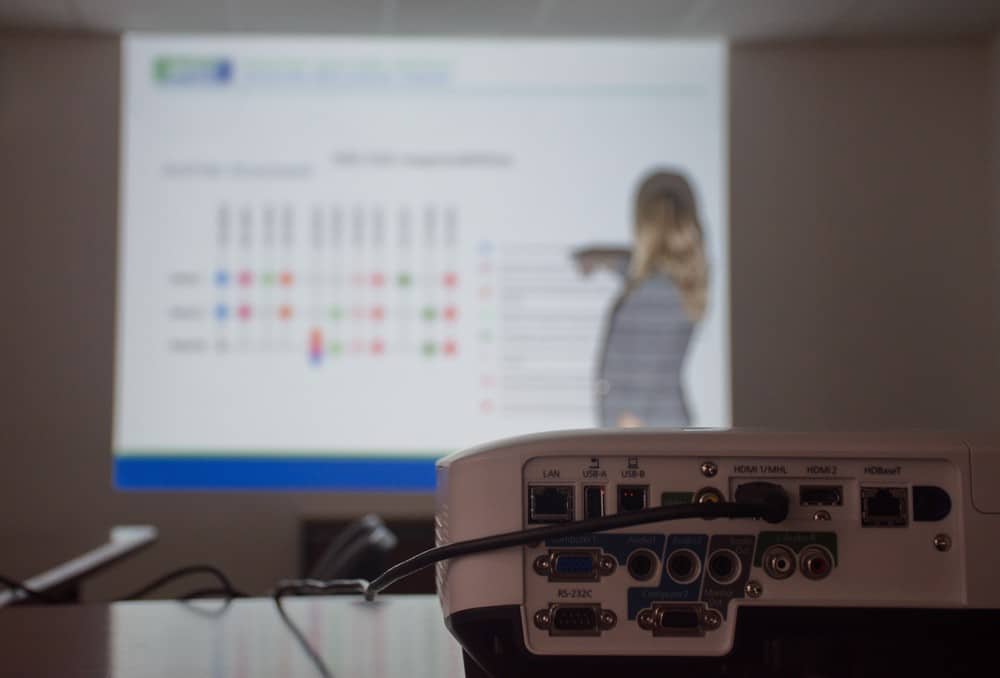
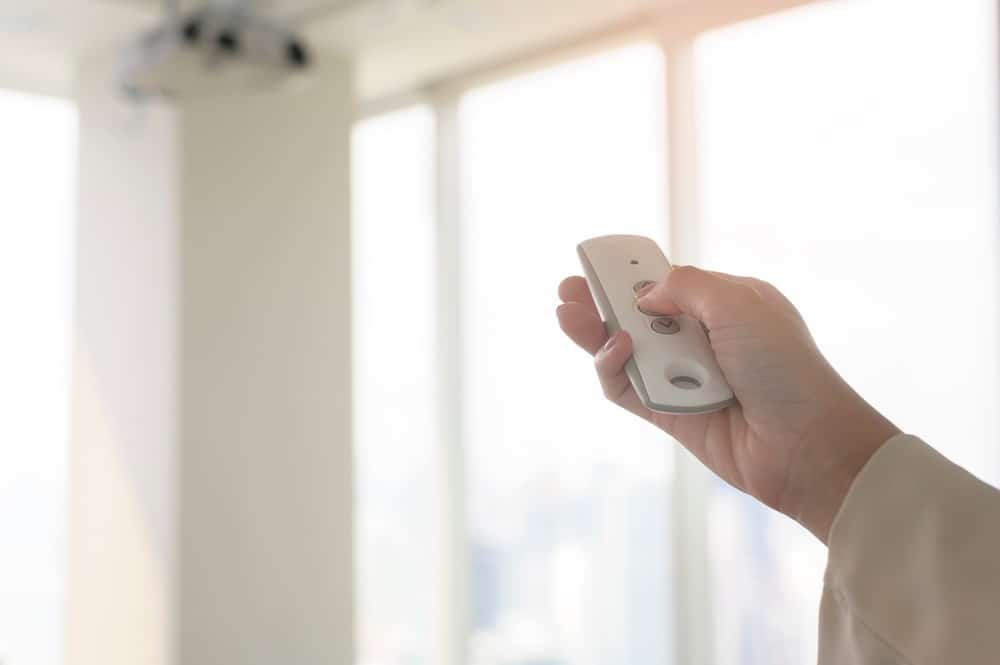
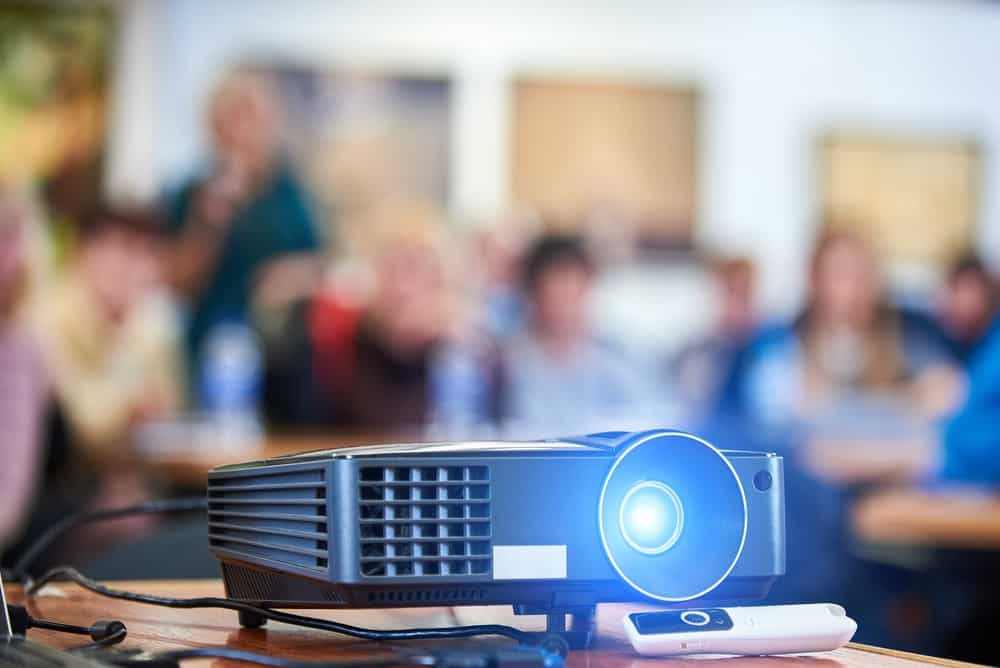
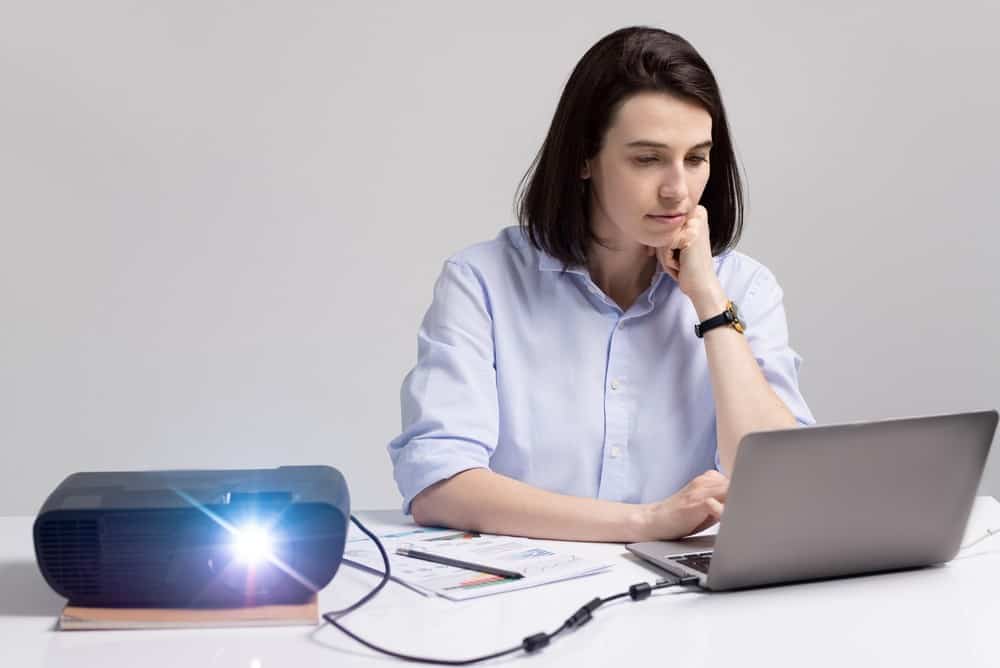
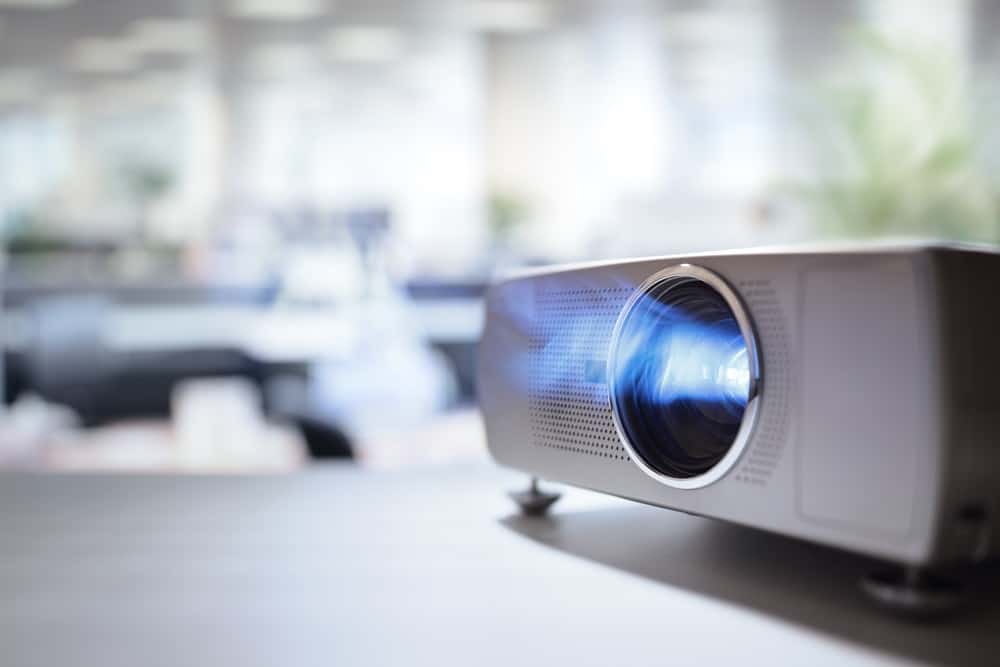
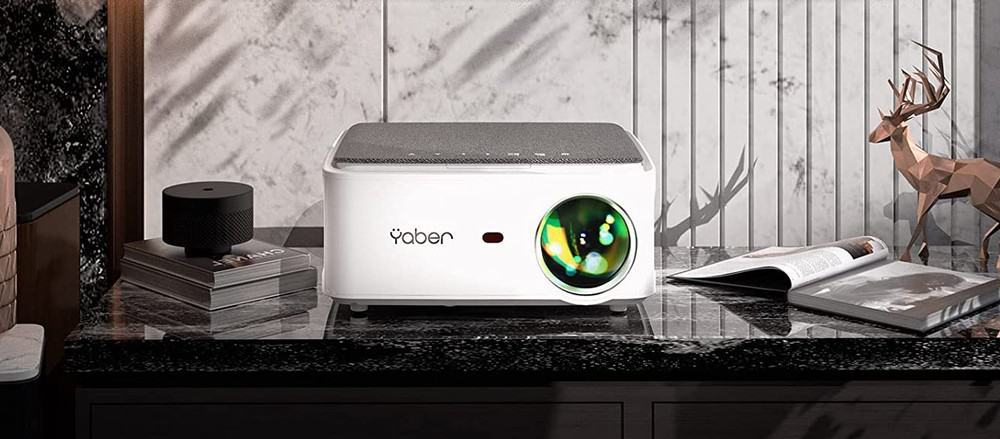
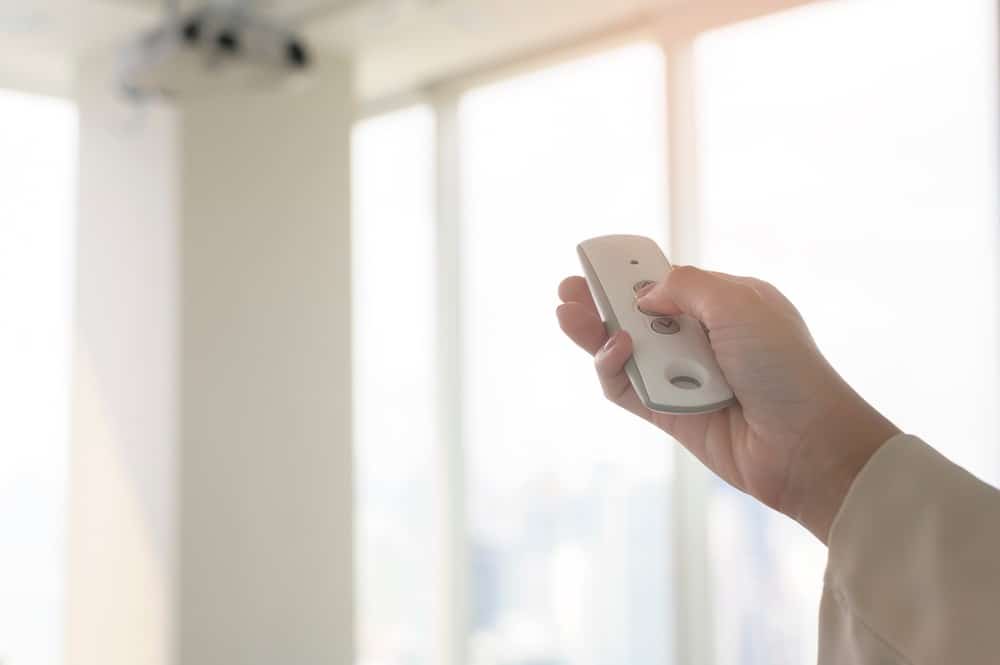
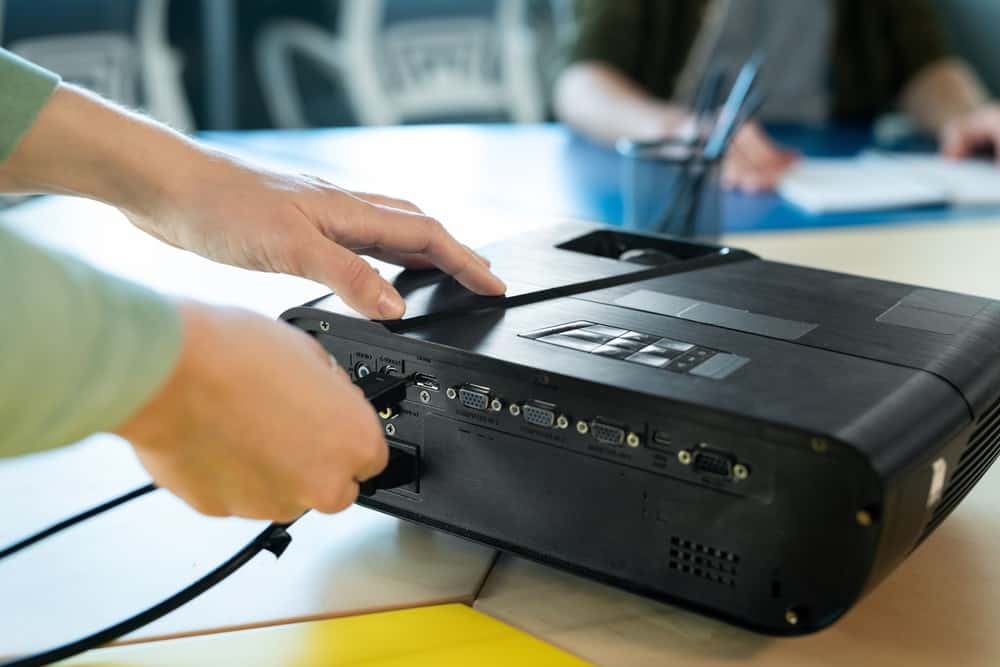
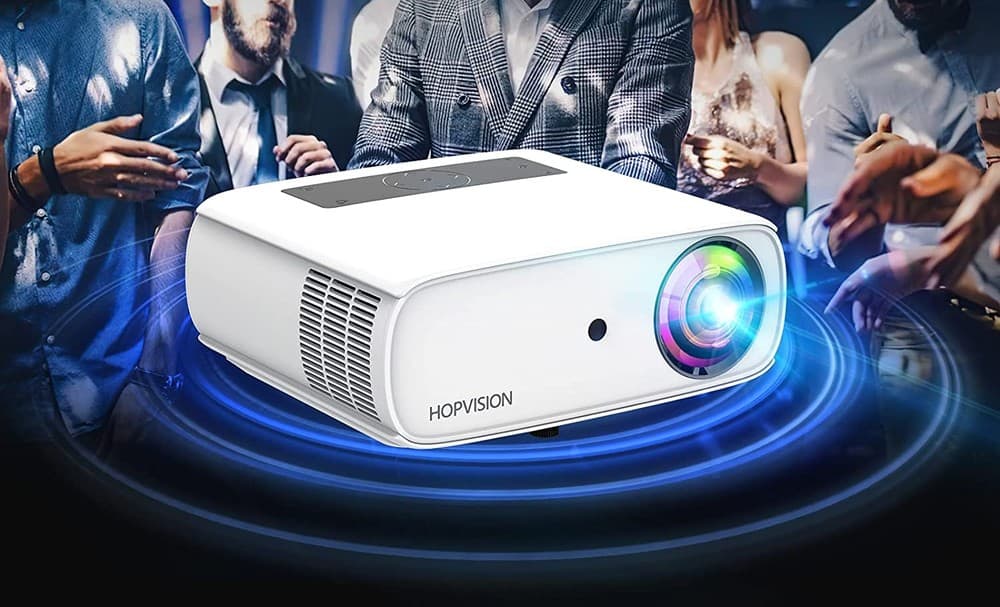

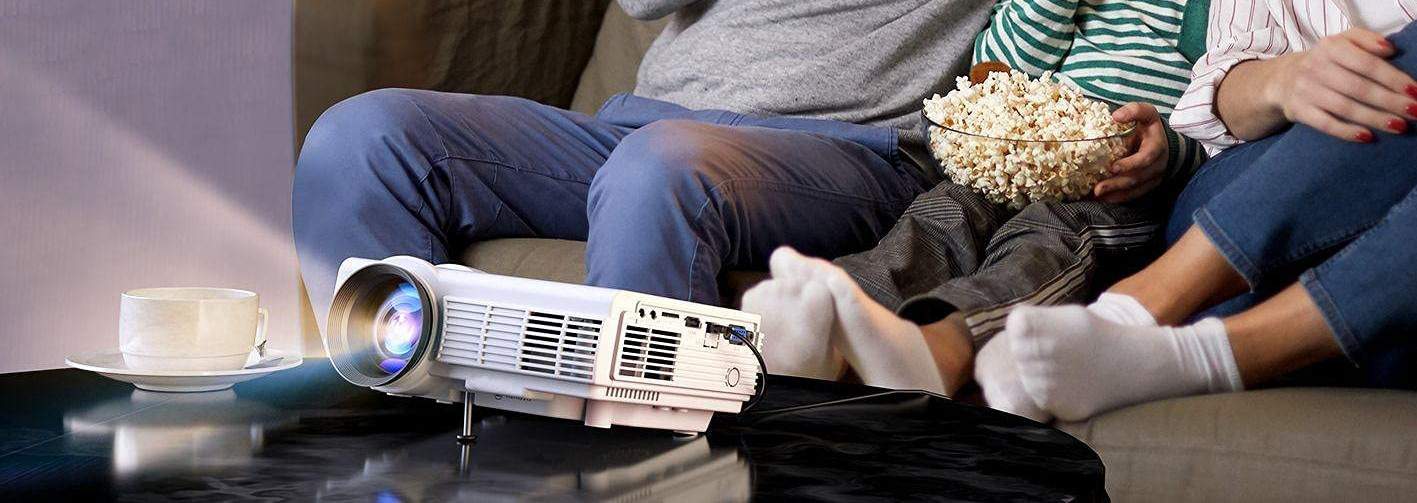
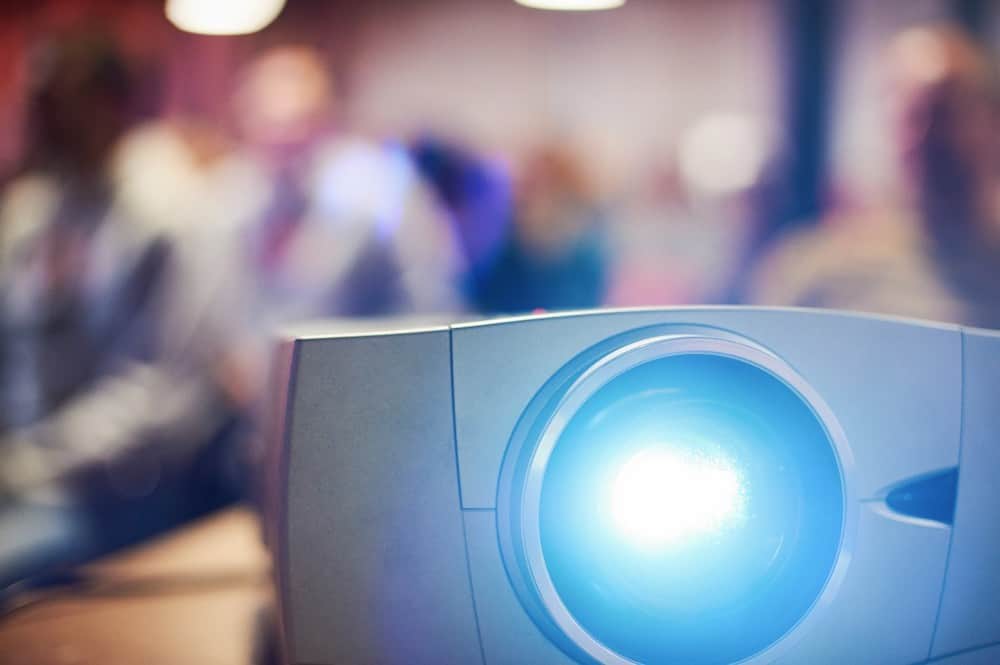
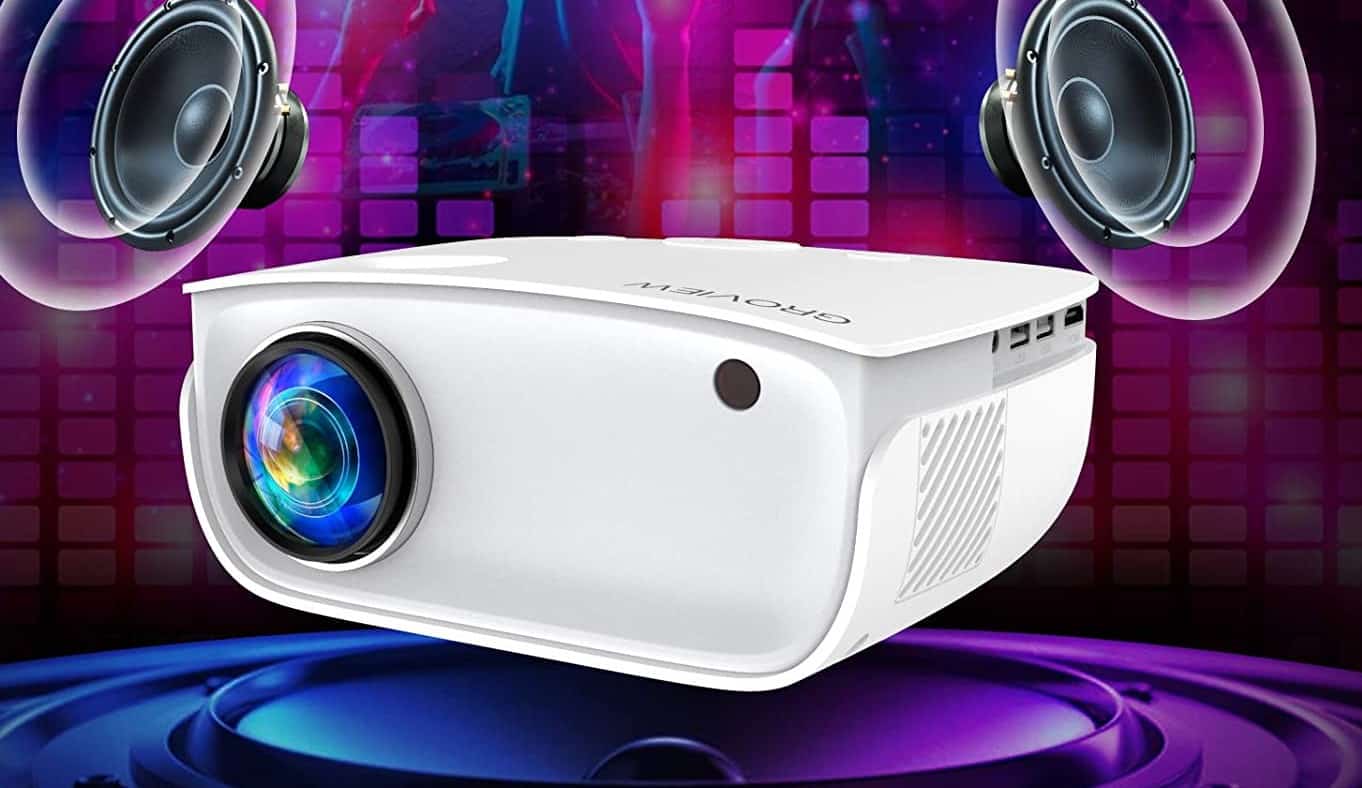
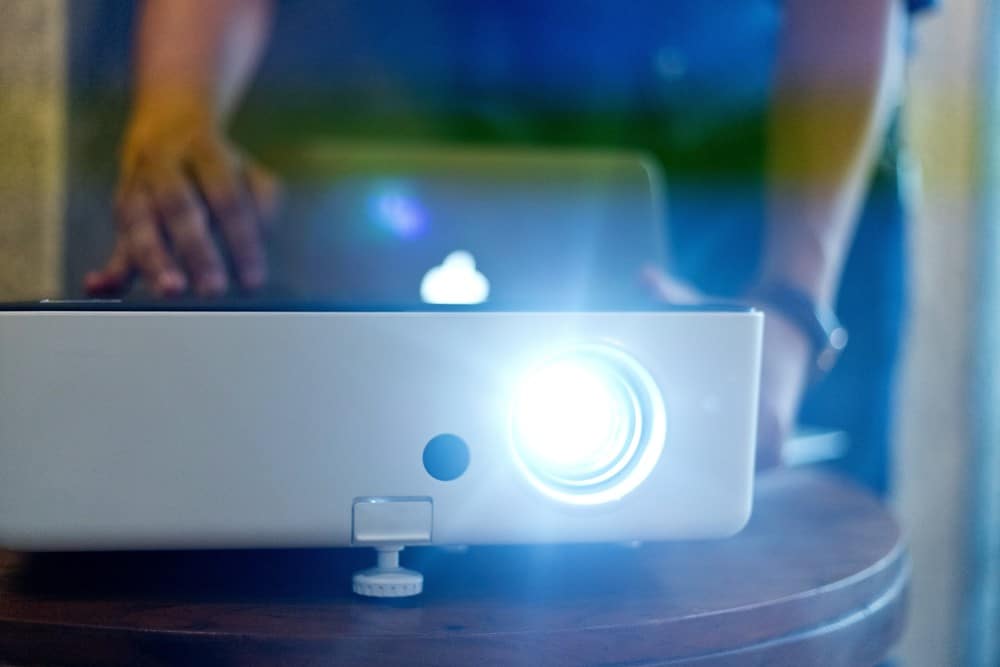

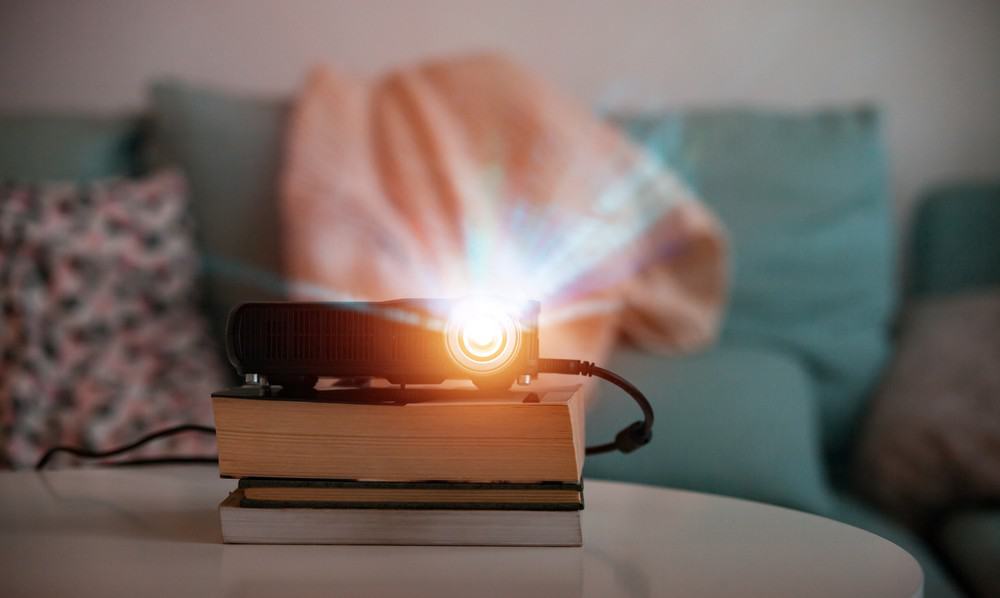
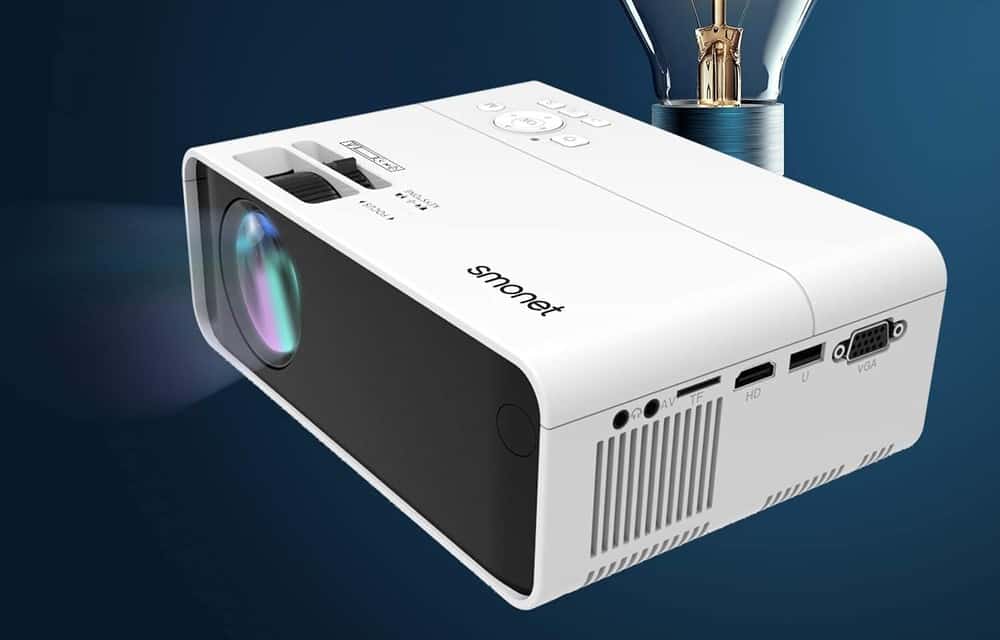
![Best Projectors for Daylight Viewing in [year] 27 Best Projectors for Daylight Viewing in 2025](https://www.gadgetreview.dev/wp-content/uploads/best-projector-for-daylight-viewing-image.jpg)
![Best Samsung Projectors in [year] 28 Best Samsung Projectors in 2025](https://www.gadgetreview.dev/wp-content/uploads/best-samsung-projectors-image.jpg)
![Best NEC Projectors in [year] 29 Best NEC Projectors in 2025](https://www.gadgetreview.dev/wp-content/uploads/best-nec-projectors-image.jpg)
![Best Acer Projectors in [year] 30 Best Acer Projectors in 2025](https://www.gadgetreview.dev/wp-content/uploads/best-acer-projectors-image.jpg)
![Best Quiet Projectors in [year] 31 Best Quiet Projectors in 2025](https://www.gadgetreview.dev/wp-content/uploads/best-quiet-projector-image.jpg)
![Best Projectors for Golf Simulator in [year] 32 Best Projectors for Golf Simulator in 2025](https://www.gadgetreview.dev/wp-content/uploads/best-projector-for-golf-simulator-image.jpg)
![Best Conference Room Projectors in [year] 33 Best Conference Room Projectors in 2025](https://www.gadgetreview.dev/wp-content/uploads/best-conference-room-projector-image.jpg)
![Best InFocus Projectors in [year] 34 Best InFocus Projectors in 2025](https://www.gadgetreview.dev/wp-content/uploads/best-infocus-projectors-image.jpg)
![Best Mini Projector in [year] ([month] Reviews) 35 Best Mini Projector in 2025 (December Reviews)](https://www.gadgetreview.dev/wp-content/uploads/best-mini-projector-image.jpg)
![Best Panasonic Projectors in [year] 36 Best Panasonic Projectors in 2025](https://www.gadgetreview.dev/wp-content/uploads/best-panasonic-projectors-image.jpg)
![Best Sony Projectors in [year] 37 Best Sony Projectors in 2025](https://www.gadgetreview.dev/wp-content/uploads/best-sony-projectors-image.jpg)
![Best Projector Stands in [year] 38 Best Projector Stands in 2025](https://www.gadgetreview.dev/wp-content/uploads/best-projector-stand-image.jpg)
![Best Ultra Short Throw Projectors in [year] 39 Best Ultra Short Throw Projectors in 2025](https://www.gadgetreview.dev/wp-content/uploads/best-ultra-short-throw-projector-image.jpg)
![Best Projectors for a Living Room in [year] 40 Best Projectors for a Living Room in 2025](https://www.gadgetreview.dev/wp-content/uploads/best-projector-for-living-room-image.jpg)
![Best RCA Projectors in [year] 41 Best RCA Projectors in 2025](https://www.gadgetreview.dev/wp-content/uploads/best-rca-projectors-image.jpg)
![Best Optoma Projectors in [year] 42 Best Optoma Projectors in 2025](https://www.gadgetreview.dev/wp-content/uploads/best-optoma-projectors-image.jpg)
![Best BenQ Projectors in [year] 43 Best BenQ Projectors in 2025](https://www.gadgetreview.dev/wp-content/uploads/best-benq-projectors-image.jpg)
![Best Projectors for Church in [year] 44 Best Projectors for Church in 2025](https://www.gadgetreview.dev/wp-content/uploads/best-projector-for-church-image.jpg)
![Best Projectors for Classroom in [year] 45 Best Projectors for Classroom in 2025](https://www.gadgetreview.dev/wp-content/uploads/best-projector-for-classroom-image.jpg)
![Best Epson Projectors in [year] 46 Best Epson Projectors in 2025](https://www.gadgetreview.dev/wp-content/uploads/best-epson-projector-image.jpg)
